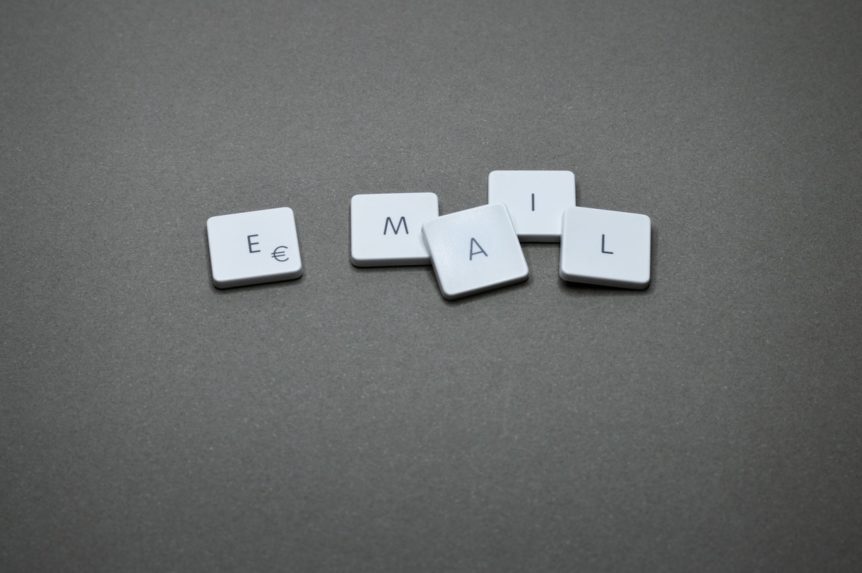In today’s rapidly evolving digital world, the role of email cannot be overstated. From marketing to communications, email is widely recognized as an essential business tool for enterprises worldwide. However, using email can pose significant risks for your enterprise without appropriate safeguards.
Threats to Email Security
Since email is the most widely deployed tool across any enterprise, it can be easily understood by hackers who may subsequently launch attacks. The following examines the key threats that usually result in data breaches or cyberattacks via email.
Phishing and Spam
As email continues to remain an essential tool for business communication, cybercriminals will continue to find ways to exploit this. From sending unsolicited messages to using compromised email accounts to trick other users into taking harmful actions, spam and phishing pose a potent threat for all enterprises.
As over 90% of cyberattacks involved phishing and hacking, making this one of the biggest threats to email safety that your business should look out for.
Malware
Hackers are increasingly taking advantage of email to launch malware (including ransomware) attacks on businesses. For instance, the NotPetya ransomware is mainly spread via email with an attachment that appears to be a .doc, .pdf, or any other regular file formats. Once the email user downloads such an attachment, the malware is unknowingly installed.
Insider Threats
The importance of mitigating insider threats in today’s world is far-reaching. 84% of data breaches are a result of human error and while that’s not entirely via email, it highlights how unintentional acts by authorized users could potentially lead to a breach of enterprise data including proprietary information.
Social Engineering and Email Compromise
Once hackers gain unauthorized access to a business email account, they may sit on it for months, examining your correspondence with other members of the organization and observing how your enterprise operates. With this knowledge, they are able to effectively launch email spoofing attacks where they masquerade their emails to look like it’s from another member of the organization.
Similarly, business email compromise (BEC) accounted for 50% of cybercrime losses in 2019. In most BEC cases, hackers hijack business emails and intercept payments from clients by changing the receiving details.
Employee Spam Training
Over 14 billion spam emails are sent daily. Although email management systems are increasingly improving their spam filters, spammers are also actively devising newer ways of ensuring that message grabs your attention. Since no security solution can prevent 100% of spam and phishing attempts, you’ll need to train your employees to be able to identify spam.
Spam training should also ideally help your employees improve their awareness of newer trends and tricks that hackers may adopt as they disseminate spam.
Watch out for Phishing
At its most basic level, phishing involves sending emails that appear to be from a genuine source in a bid to trick the receiver into parting with personal information including usernames and passwords. Of all the threats to email safety, this is the most potent. Phishing of all kinds generally accounts for 4% of all emails sent worldwide.
With one trillion phishing emails sent annually, it’s still very worrying that 30% of them eventually get opened. However, you can take steps to ensure they’re not successful. Here are some tips for mitigating phishing attacks.
What can you do?
- Improve awareness across your organization and organize training with mock phishing scenarios
- Install and monitor an antivirus solution on all your devices
- Use encrypted connections especially for employees working remotely
- Enhance your security policy to include password expiration
- Update and patch all systems and apps promptly
- Do not click on links or download suspicious attachments within emails
- Disable HTML messages or convert them to text
Emails are an essential part of any organization’s records or communication. However, the way email is managed or secured plays a vital role in determining the safety of your records and network.
Questions? Email us at info@matscosolutions.com
Share this Post

